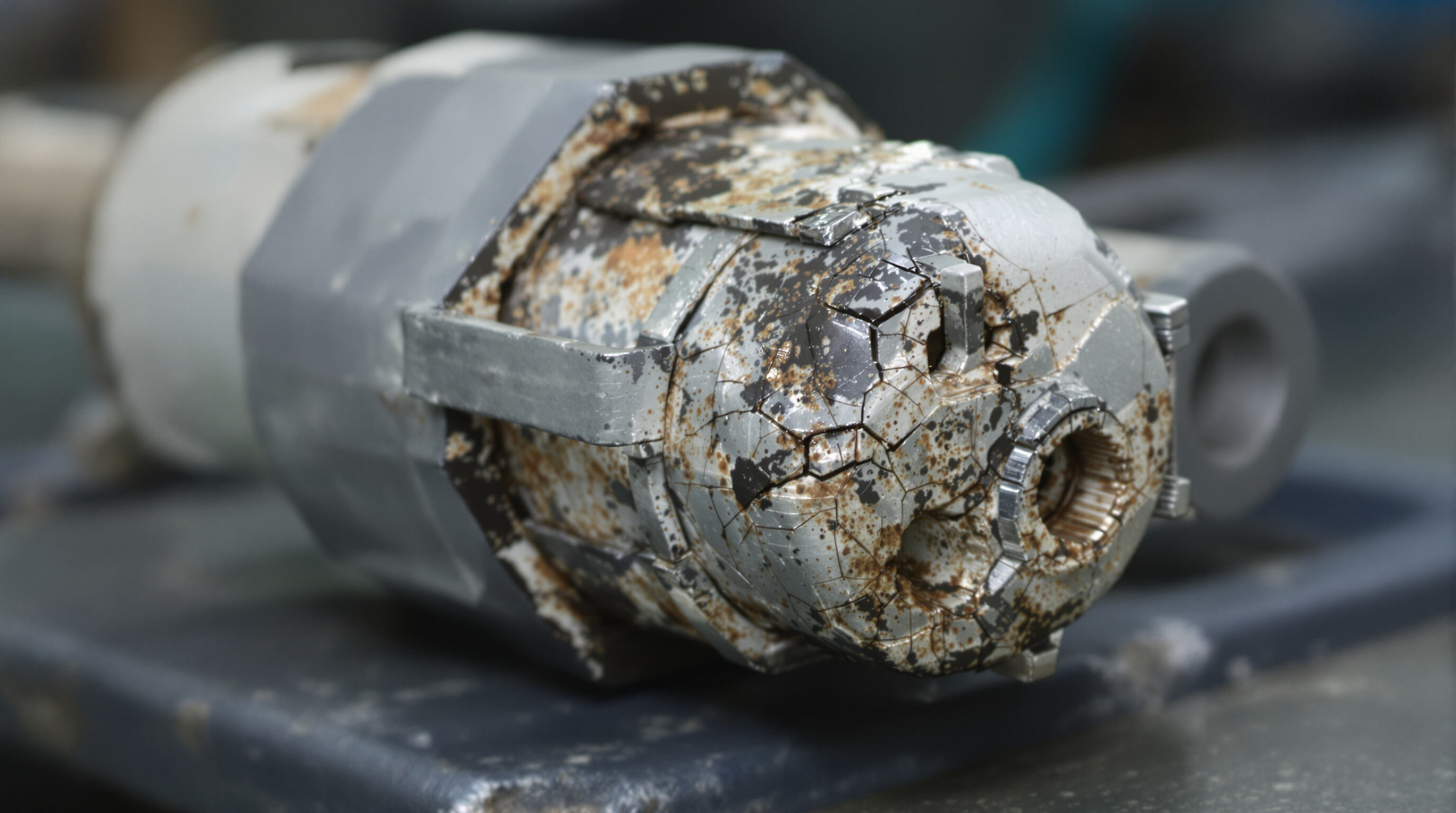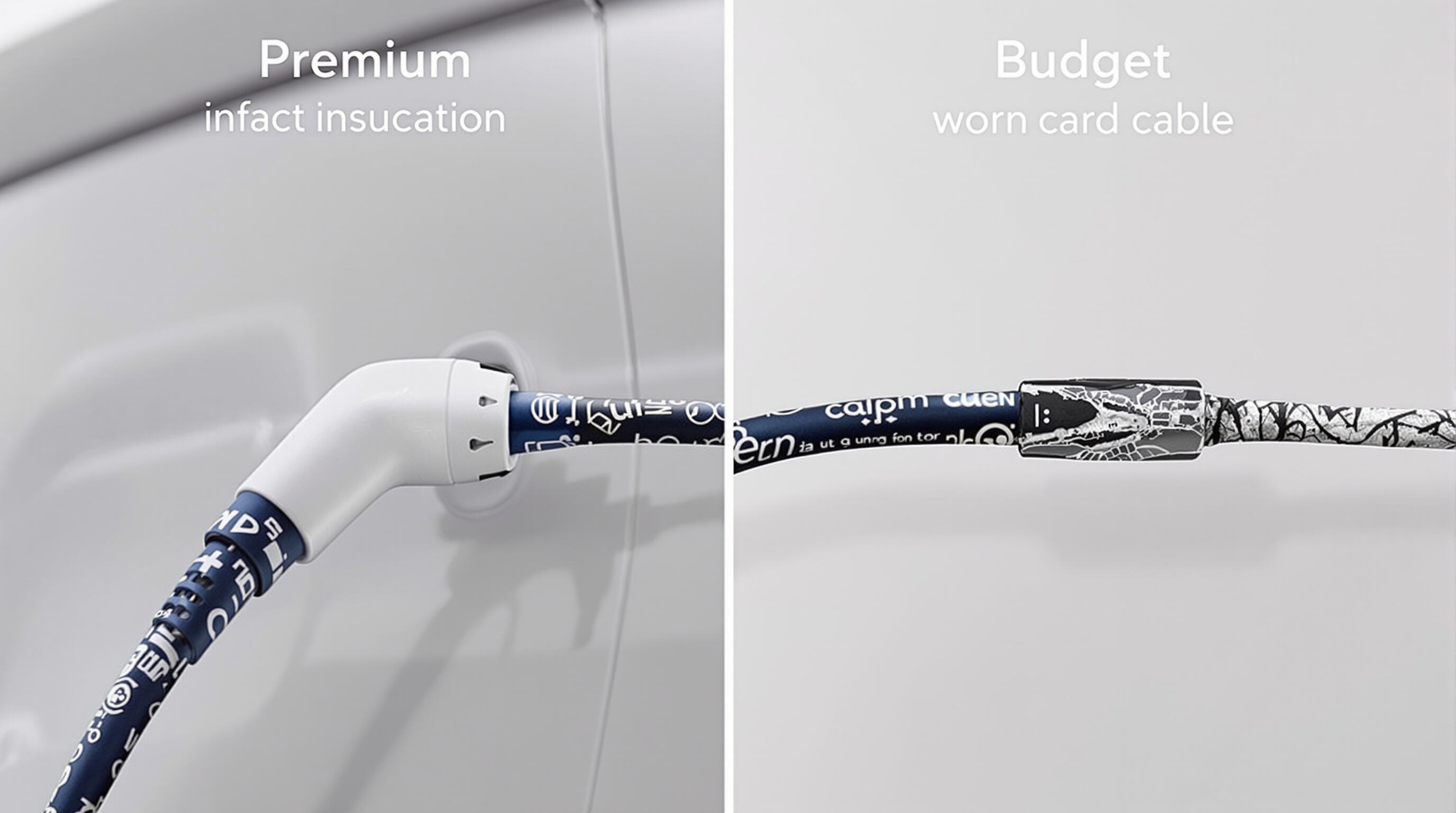Understanding Plug Type EV Connector Degradation Over Time

Common Signs of Wear and Tear on Plug Type EV Connectors
Visible corrosion on contacts, cracked insulation, and loose terminal connections are primary indicators of degradation. Thermal stress from repeated charging cycles, combined with environmental factors like moisture ingress, accelerates wear. Industry research estimates repair costs up to €50,000 per failure incident (Nexans 2024 reliability study).
Material Fatigue and Its Effect on Plug Type EV Connector Integrity
Repeated thermal expansion and contraction weaken internal components over time. Independent testing reveals a 17% drop in conductivity after 10,000 simulated thermal cycles due to micro-fractures in conductor materials. This fatigue contributes to 23% of premature connector failures in high-usage environments (MDPI 2024).
Field Analysis: Connectors After 3+ Years of Daily Use
A 2024 evaluation of 1,200 connectors found that 62% developed alignment issues after three years of operation, increasing electrical resistance by 40% on average. These wear patterns correlate with a threefold higher likelihood of intermittent charging errors compared to newer units.
Key Failure Modes: Insulation Damage, Loose Connections, and Corrosion
How Damaged Insulation Causes Safety Risks and Efficiency Loss
When insulation starts to break down in plug type EV connectors, it leaves those internal wires exposed which can cause serious problems like electrical leaks and dangerous arcing. According to research published by the Electrification Coalition last year, when insulation gets damaged, there's actually a 25% higher chance of thermal runaway happening during fast charging sessions. Not great news for anyone. What's worse, this damaged insulation lets energy escape through unintended paths, sometimes causing voltage drops as high as 8% in really bad situations. That kind of performance hit matters a lot for electric vehicle owners. Checking connector jackets regularly makes sense then, maybe every few months depending on usage conditions, to spot early signs of wear before they turn into bigger safety issues down the road.
Electrical Resistance and Charging Interruptions from Loose Connections
When terminal connections get loose, they tend to create these little hot spots where resistance builds up way beyond what was originally designed for, sometimes going as high as 150% during charging cycles. What happens next? Charging gets interrupted quite often, and according to some data from last year's EV Connect study, there's been around a 14% jump in those pesky communication errors between vehicle and charger. There are other problems too. The terminals start oxidizing faster than normal, plus we're looking at roughly 4 to maybe even 6 percent energy loss each time someone charges their car. To keep things running smoothly, mechanics need to check the torque regularly. This helps maintain good contact pressure across all connections and keeps that annoying resistance fluctuation under control.
Corrosion on Plug Type EV Connector Contacts and Its Impact on Conductivity
Environmental exposure causes tin-plated contacts to develop oxide layers exceeding 0.3 μm after 18 months in coastal areas, reducing conductivity by 40%. Chloride-induced corrosion is especially aggressive, accelerating wear three times faster than in dry climates. Dielectric grease applications during maintenance can reduce corrosion-related failures by 62% (Society of Automotive Engineers, 2023).
Cable Quality and Long-Term Durability of Plug Type EV Connectors

Variability in Build Quality and Real-World Durability Performance
The lifespan of Plug Type EV connectors can differ quite a bit between brands, typically lasting around 18 to 24 months based on recent 2024 tests of charging components. High quality connectors tend to keep about 95% of their conductivity even after going through 3,000 connection cycles, whereas cheaper alternatives start showing wear and tear three times quicker when subjected to similar heat changes. Looking at actual usage from vehicle fleets reveals something interesting too: premium grade connectors handle roughly 85% more drastic temperature swings from as cold as -30 degrees Celsius all the way up to 120 degrees without their insulation starting to crack apart.
Material Selection and Design Factors Influencing Wear Resistance
Advanced nickel-plated copper alloys demonstrate 60% lower contact resistance than traditional brass in thermal stress simulations. Leading manufacturers enhance durability through:
- Tri-material housing (60% silicone/30% thermoplastic/10% flame retardant)
- Spring-loaded contact pins with dual sealing barriers
- Abrasion-resistant cable jackets rated for 25,000+ bend cycles
Lab Comparison: Premium vs. Budget Plug Type EV Connectors
Controlled testing highlights significant performance gaps:
| Performance Metric | Premium Connector | Budget Connector |
|---|---|---|
| Mating Cycles Before Failure | 12,500 | 3,200 |
| Corrosion Resistance (Salt Spray Test) | 1,200 hrs | 400 hrs |
| Contact Force Retention | 92% at 5,000 cycles | 63% at 5,000 cycles |
High-grade models maintain stable resistance (<0.25mΩ variance) for 95% of their service life, compared to just 53% for economy units—directly affecting charging consistency and safety.
Preventive Maintenance Strategies for Reliable Plug Type EV Connector Performance
Inspection Checklist for EV Charging Connectors and Ports
Regular inspections help detect wear before it impacts operation. Conduct monthly evaluations using this checklist:
- Visual inspection: Look for cracked insulation, bent pins, or discoloration
- Connection testing: Use a torque wrench to verify terminal tightness (typically 8–12 Nm)
- Corrosion check: Inspect contacts for oxidation or greenish deposits, especially in coastal areas
- Functional test: Monitor charging speed and session interruptions during live use
Best Practices for Cable Management and Lifespan Extension
Proactive handling extends connector lifespan by 40–60%. Key practices include:
- Supporting cables with strain relief loops during charging
- Storing connectors in dry, temperature-controlled environments
- Cleaning contacts quarterly with non-abrasive, manufacturer-approved solutions
- Avoiding bends beyond the cable’s minimum bend radius (usually 4–6 times the diameter)
Early Detection and Troubleshooting Before Connector Failure
Adopt a three-stage diagnostic protocol to catch issues early:
- Symptom logging: Track charging speed deviations (>15% from baseline) or frequent session stops
- Thermal monitoring: Use infrared cameras to detect hotspots exceeding 50°C (122°F)
- Pre-failure intervention: Replace connectors showing resistance above 0.5 ohms in continuity tests
Operators who implement these strategies reduce emergency repairs by 73% and extend average connector service life to 7–9 years under daily use.
FAQ
What are the signs of degradation in plug type EV connectors?
Signs include visible corrosion on contacts, cracked insulation, loose terminal connections, increased electrical resistance, and alignment issues.
How can I prevent EV connector failures?
Regular inspections, managing cables carefully, cleaning contacts, and monitoring performance with diagnostic protocols can help prevent failures.
What materials improve the longevity of EV connectors?
Advanced nickel-plated copper alloys, tri-material housing, spring-loaded contact pins, and abrasion-resistant cable jackets contribute to durability.

